Must Have Springtime Flies
Baker’s Dozen Edition by Head Guide, Zach Ware:
Springtime fishing in the Rockies tends to get a bad rep. Most people think of it as “mud season”, runoff, and blown out rivers, however, this is hardly the case if you know how to effectively fish this time of year.
Before runoff cranks up the fishing can be lights out with midges, caddis, and small mayflies starting to hatch. On any given day there’s a chance you’ll luck into a hatch and find some amazing dry fly action. The stonefly and salmon fly nymphs are also starting to move around a bit this time of year and nymphing on the days the fish aren’t rising will produce many fish. Rainbows spawn in the Spring, making some of the streams that dump into the various reservoirs prime targets for big bows.
Once runoff starts to ramp up look to tailwaters as better fishing options, as our tailwaters will have better visibility and more controlled flows. In higher flows focus your time on eddies and any slower water you can find. Chances are most of the fish in the river are concentrated in the few spots they can find relief from the heavy flows. For those with a raft or drift boat (or even better, a buddy with one that does all the rowing), the Upper Colorado can fish well through runoff. This is the place to be during the salmon fly hatch, producing the best dry fly fishing you can imagine.
Springtime Top 12 Flies:
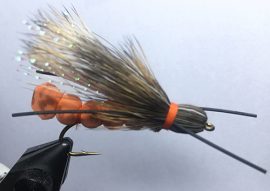
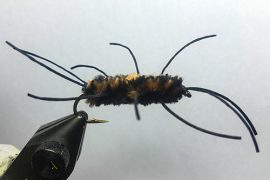
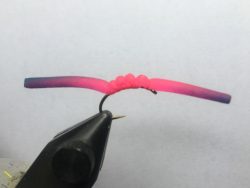
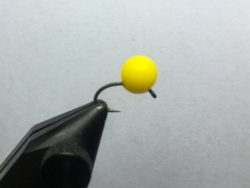
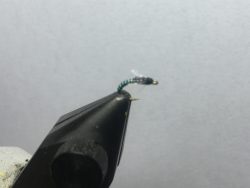
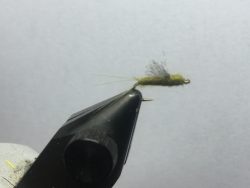
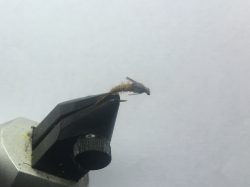


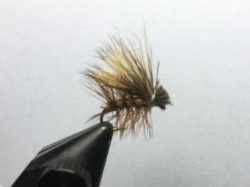
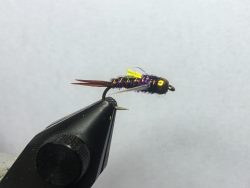
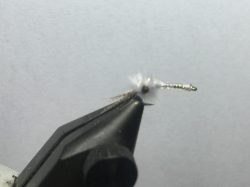
We promised you a Baker’s Dozen… here’s Zach’s #13 pick:

Tags: flies, flyfishing, spring fishing
Categorised in: Fly Fishing, Fly Tieing
